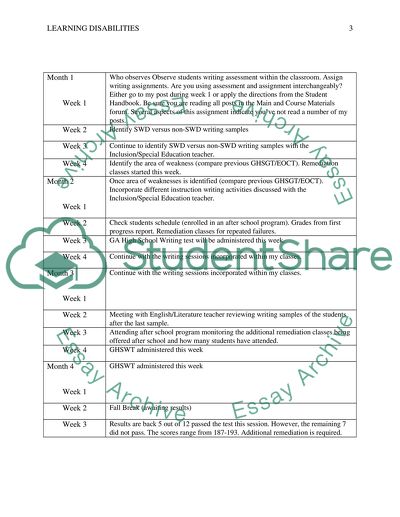Cite this document
(“Learning Disabiities Research Paper Example | Topics and Well Written Essays - 2750 words”, n.d.)
Retrieved from https://studentshare.org/education/1485202-learning-disabiities
Retrieved from https://studentshare.org/education/1485202-learning-disabiities
(Learning Disabiities Research Paper Example | Topics and Well Written Essays - 2750 Words)
https://studentshare.org/education/1485202-learning-disabiities.
https://studentshare.org/education/1485202-learning-disabiities.
“Learning Disabiities Research Paper Example | Topics and Well Written Essays - 2750 Words”, n.d. https://studentshare.org/education/1485202-learning-disabiities.


